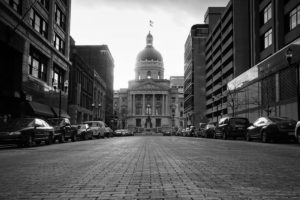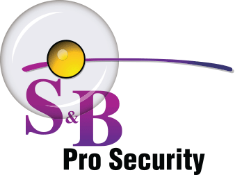
Securing government buildings is a unique process for every facility, but here are some general expectations about the steps.
Not all government facilities will require rigorous security measures like those put in place at SCIFs. However, the nature of many types of government work and position-holders necessitates securing government buildings from potential physical threats. Implementing the right mix of security system devices throughout the facility and training employees to handle security-sensitive situations are great ways to step up your efforts of securing government buildings. Here are the steps and extra considerations to keep in mind when securing government buildings.
Consultation and Assessment
Hiring a certified professional security consultant with in-depth knowledge and experience within the government sector is critical to securing government buildings. You may think the security company will look at your doors and windows then recommend some high-tech locks and sensors. However, the right security consultant will examine your property from all possible entry points, including the often-overlooked rooftops and HVAC ducts. Surveying these areas, plus the surrounding property’s parking structure and overall visibility will allow the final security system design plan to account for all access points to the facility.
Security System Installation
The consultation phase should reveal what components of a security system should be installed and where to install them. While each facility is different and may require unique setups to secure the facility, there are a few standard features that make sense to have at government buildings.
High-security locks and ID badging are commonplace at many sites conducting government or government-related business. A visitor management system keeps track of guests and otherwise non-authorized personnel on the premises. Surveillance cameras, intruder detection systems, life safety alarms, and audio intercom systems are all also standards in most government facilities.
Some government buildings may require additional reinforcements to the property. Some examples of these items would be security screens or metal detectors, panic buttons, high-security gate and fencing, and even bulletproof windows or reinforced walls.
Employee Training
Employees play a critical role in securing government buildings because they can recognize and report suspicious behavior or out-of-place occurrences. Therefore, personnel must receive proper training on how to use security equipment or react in a potentially dangerous situation. Some everyday measures you can enforce is to remind everyone to close and lock all doors behind them, spot malfunctioning security devices, and to report any suspicious behavior or people they see on the premises.
Call S&B Pro for Your Government Security Needs Today!
When you choose to work with S&B Pro Security, you are working with a company that offers the highest-end equipment and installation, with team members who are top experts in the security field. We offer residential, small business, commercial, and government security in Delaware, Maryland, Washington D.C., Northern Virginia, Baltimore, Wilmington, Newark, Annapolis, Hanover, and Rehoboth Beach.
Call us today at 800-841-9907 or email us at info@sbprosecurity.com. Find us on social media through Facebook, Twitter, LinkedIn, and Pinterest. SECURITY DONE RIGHT!
